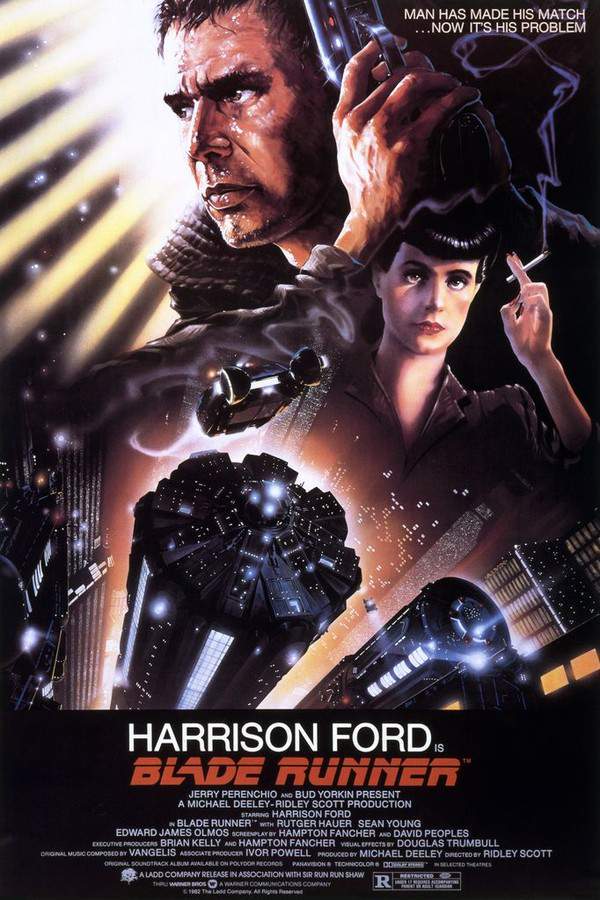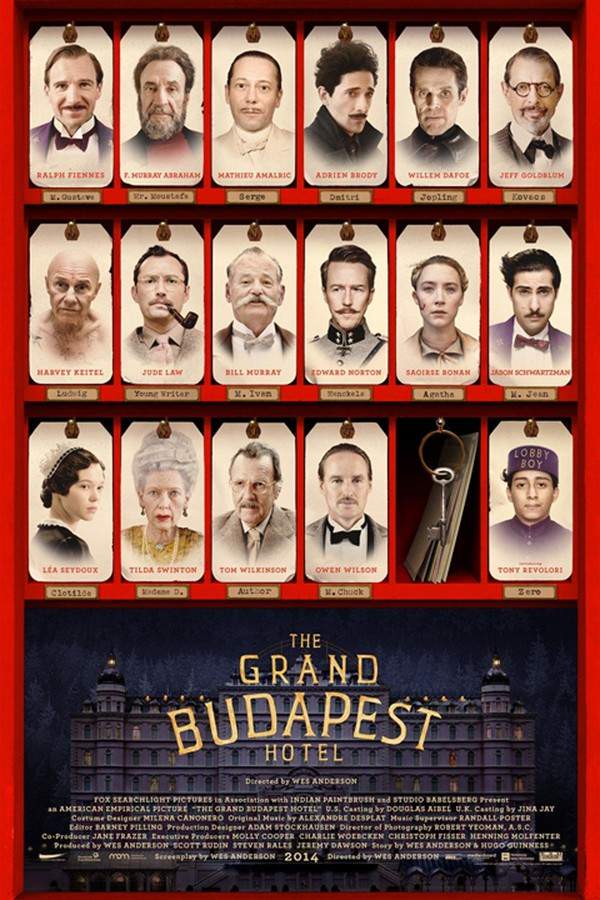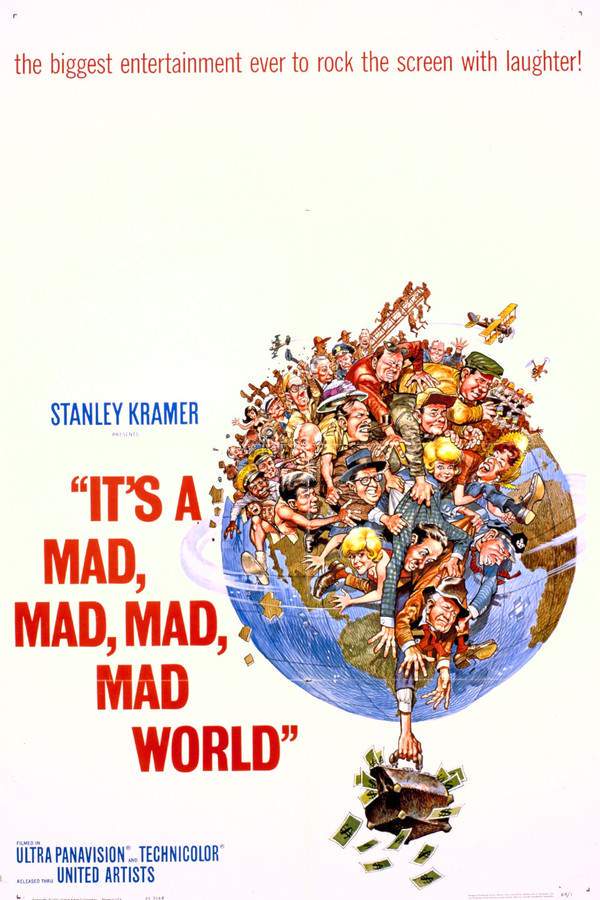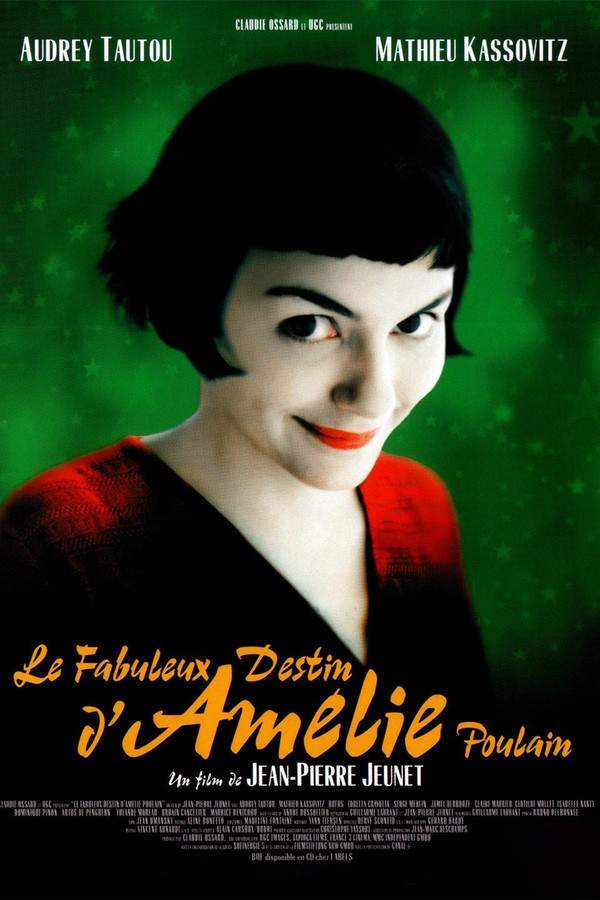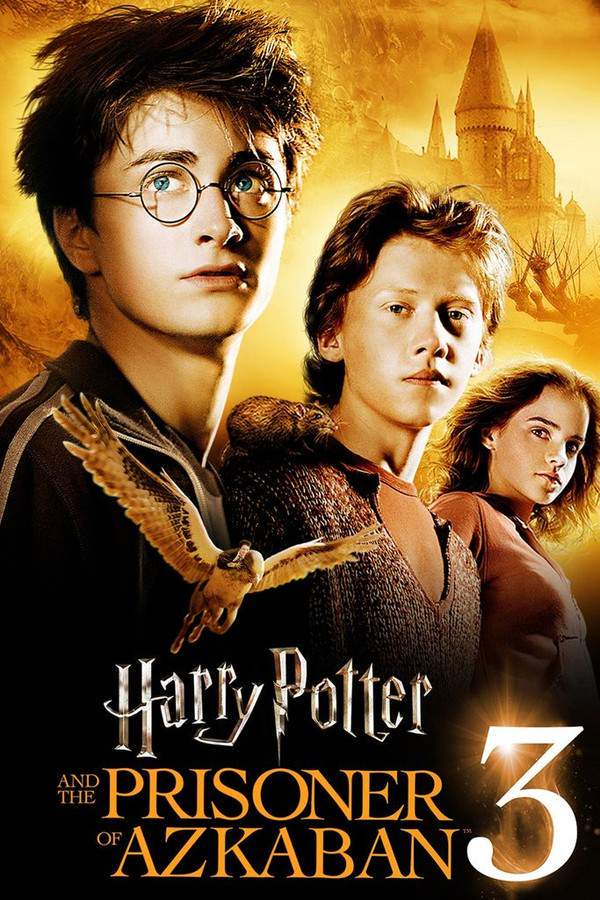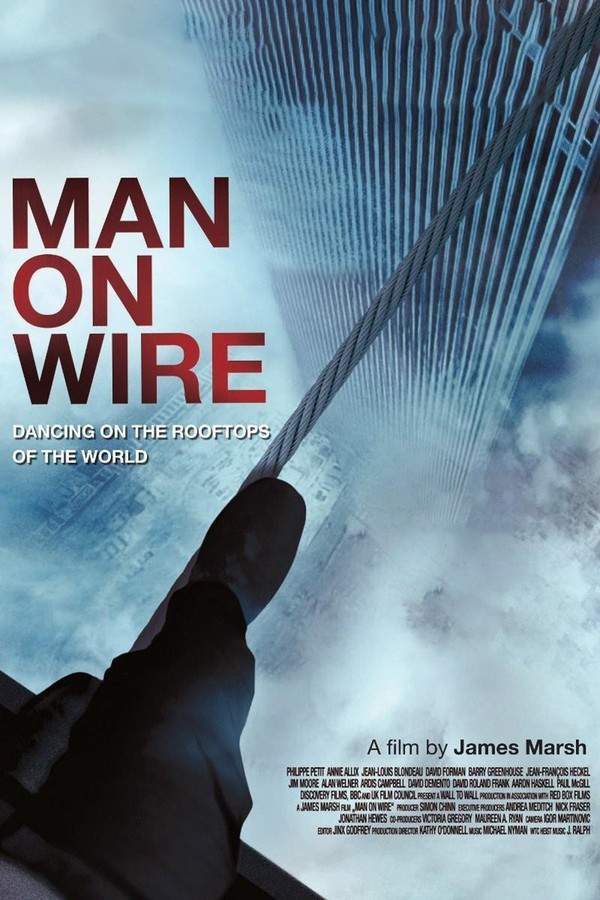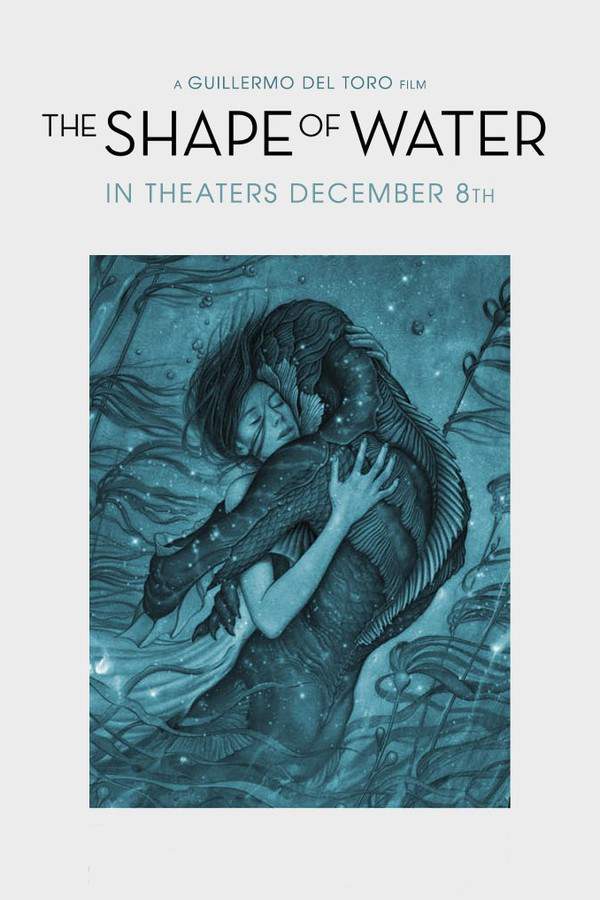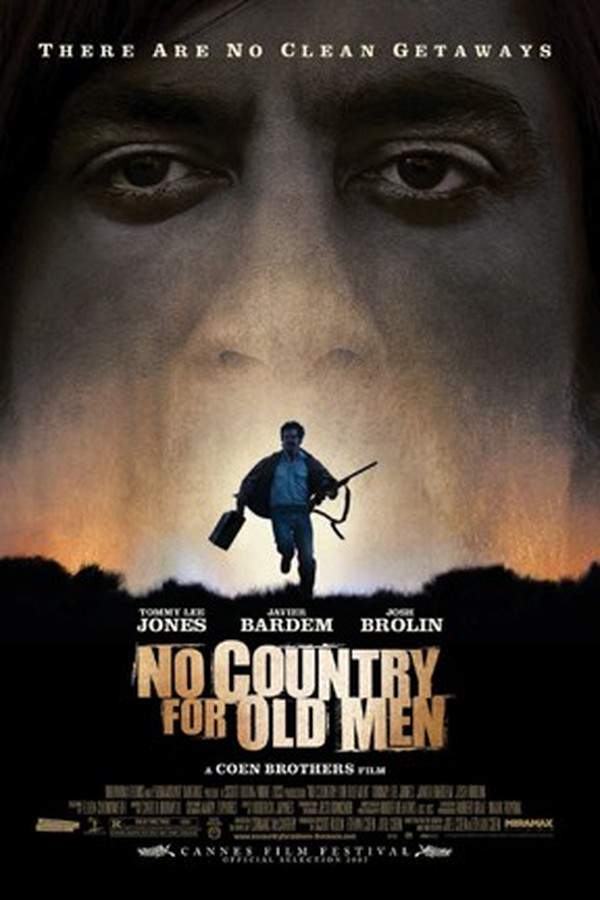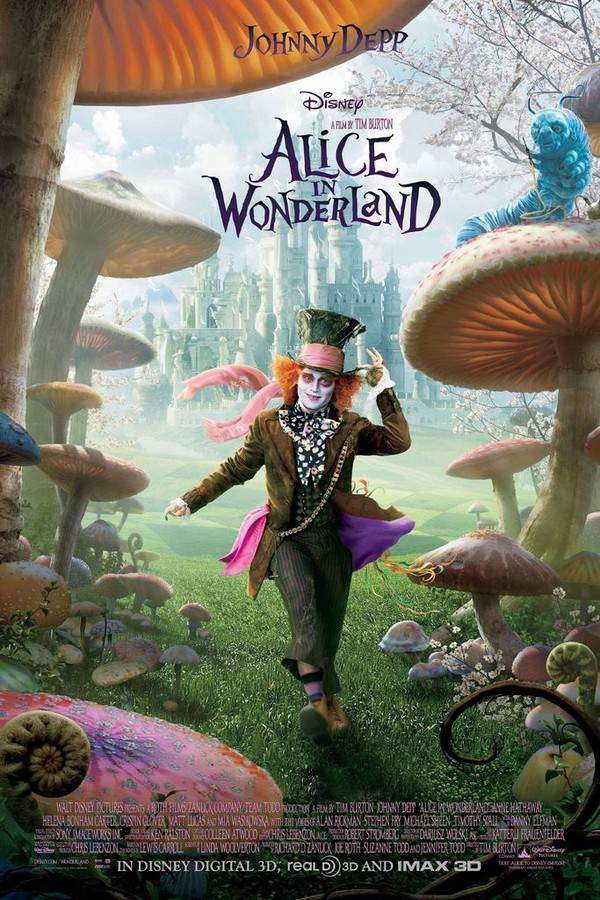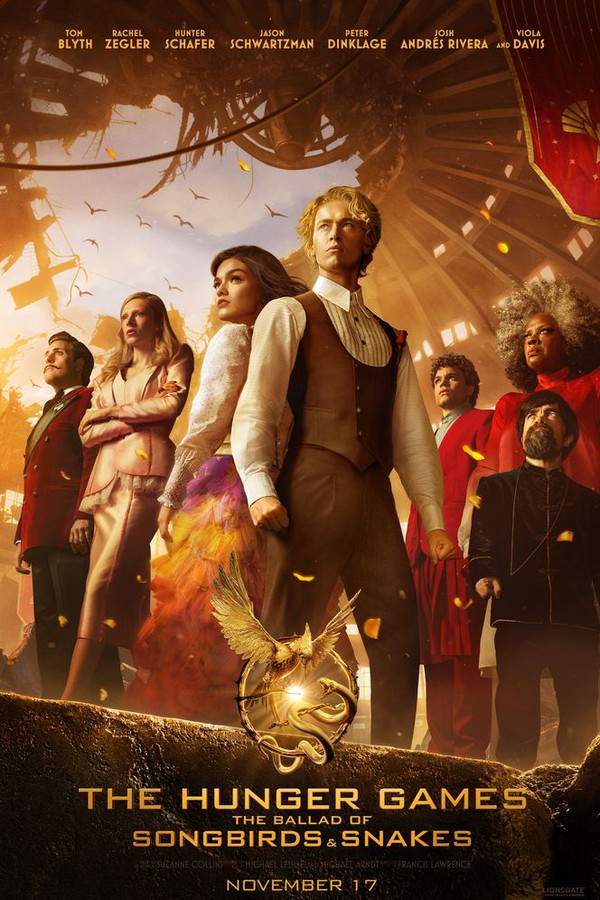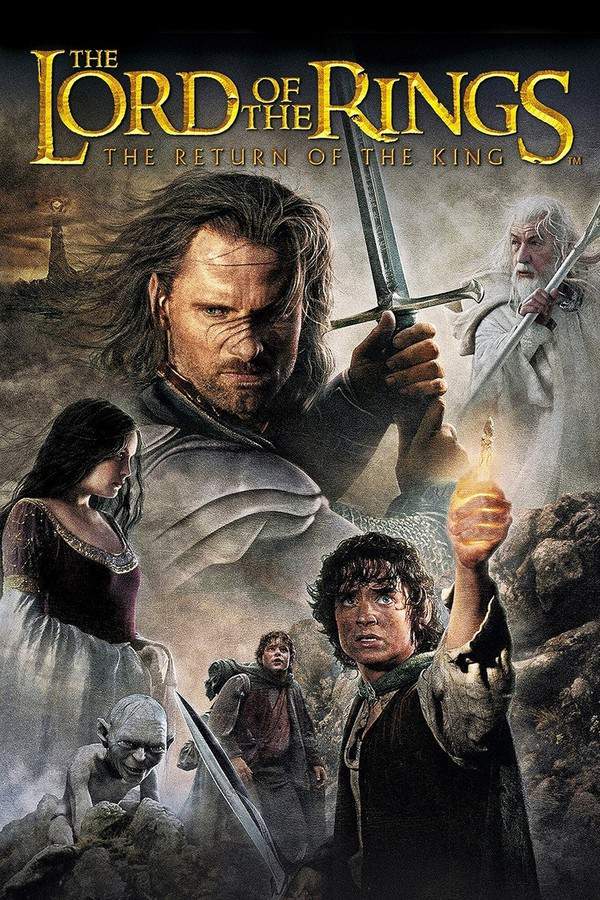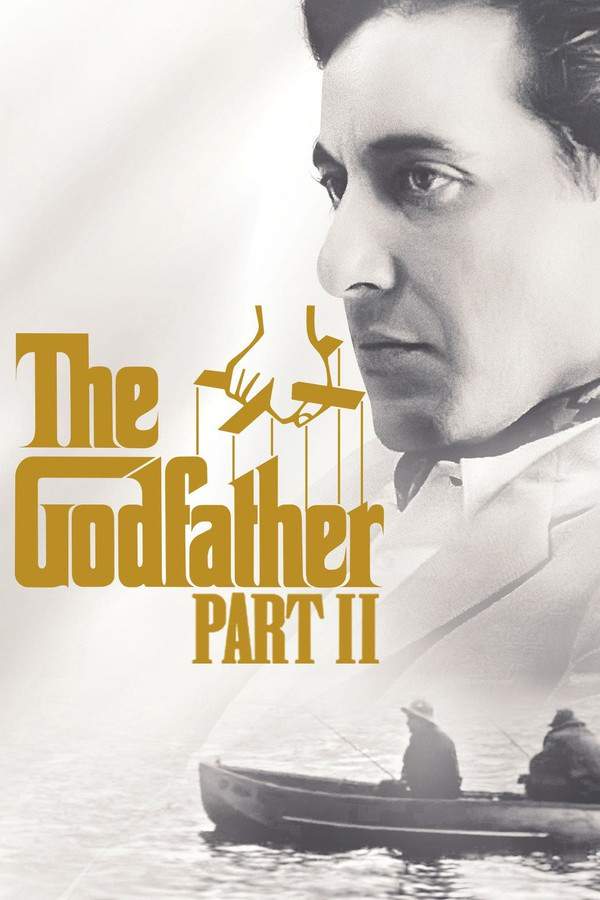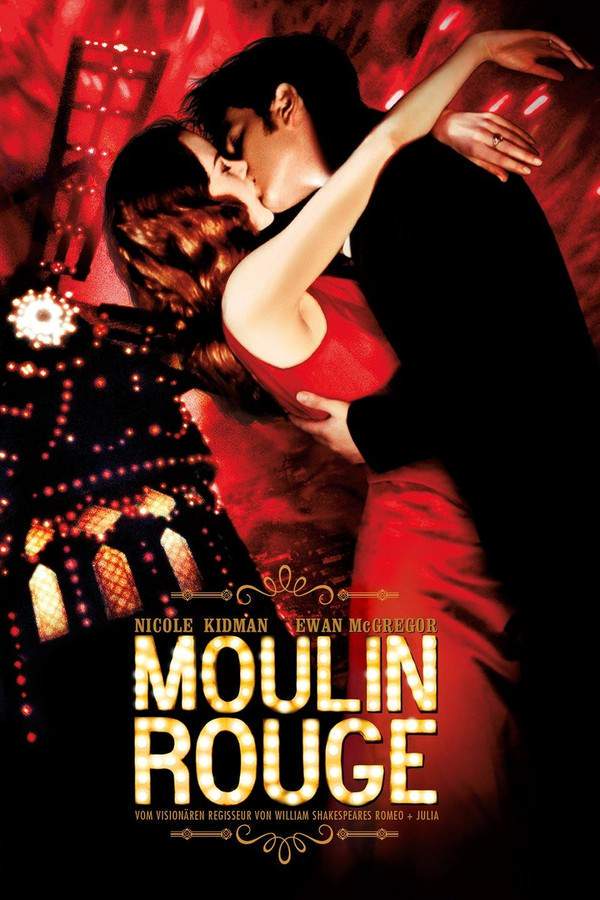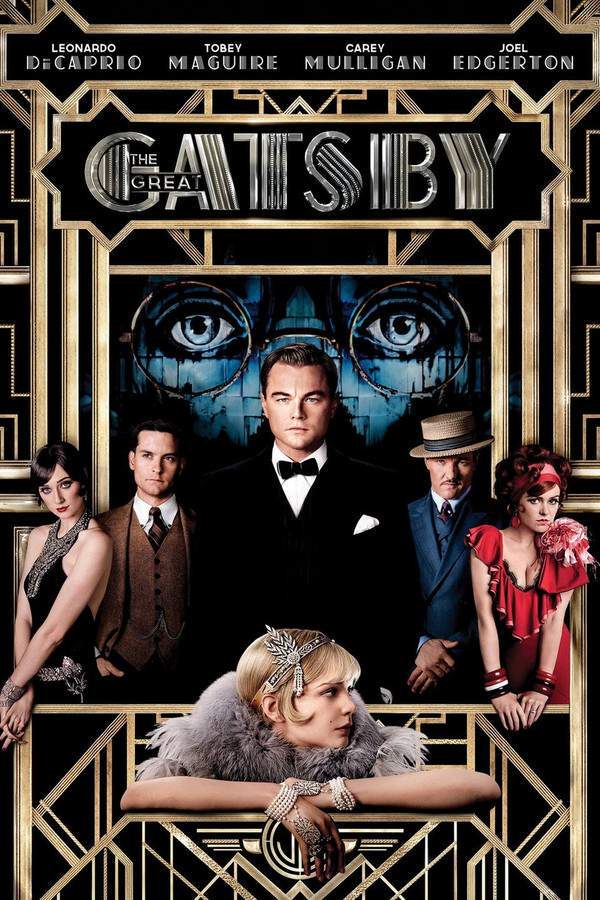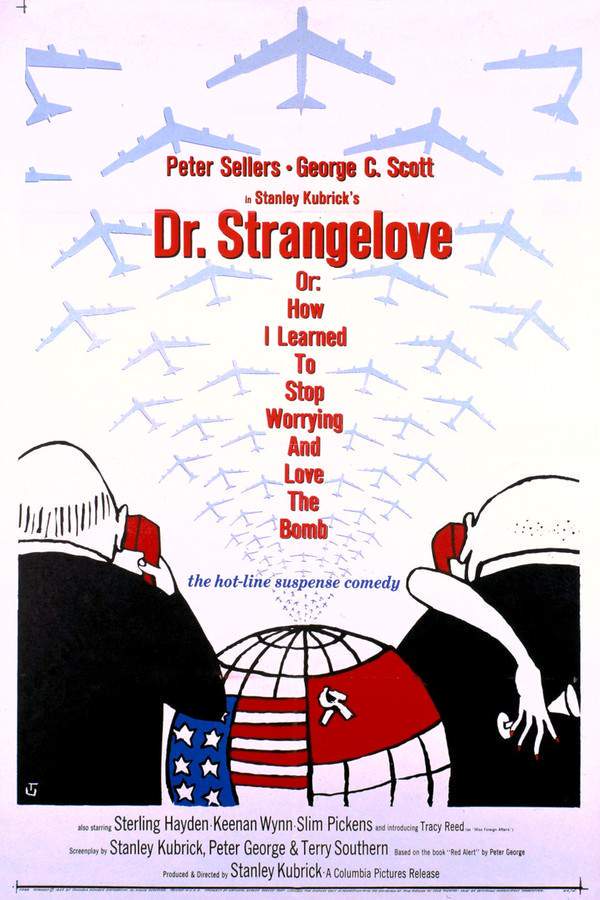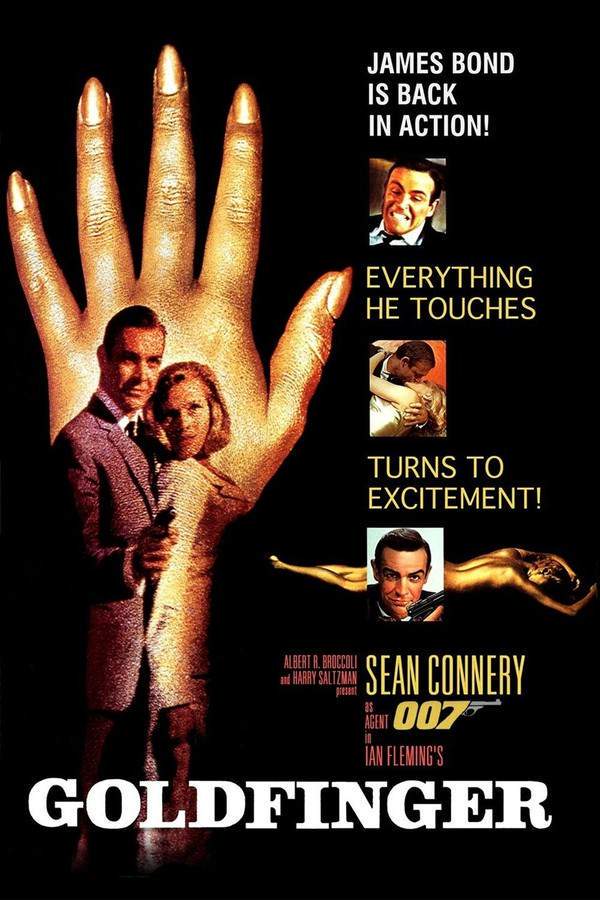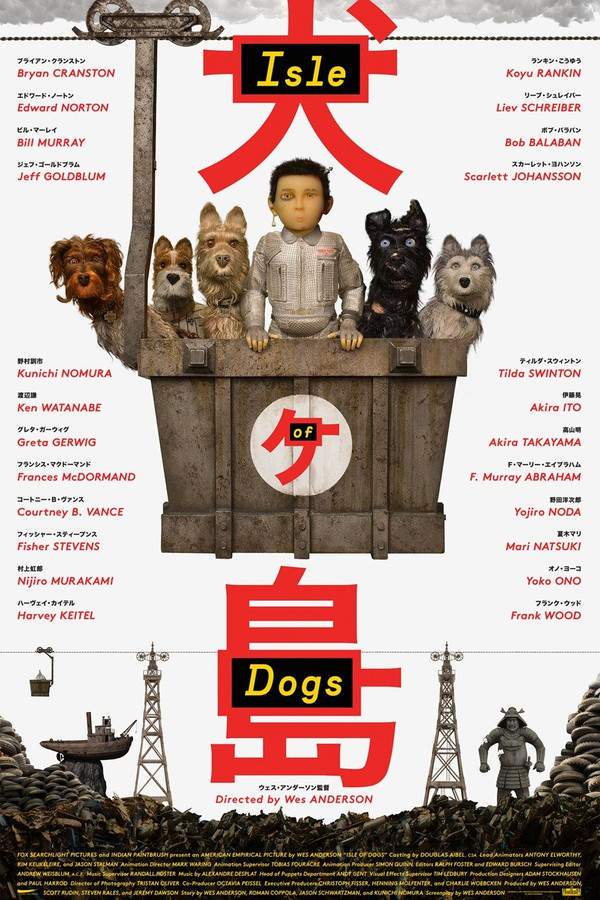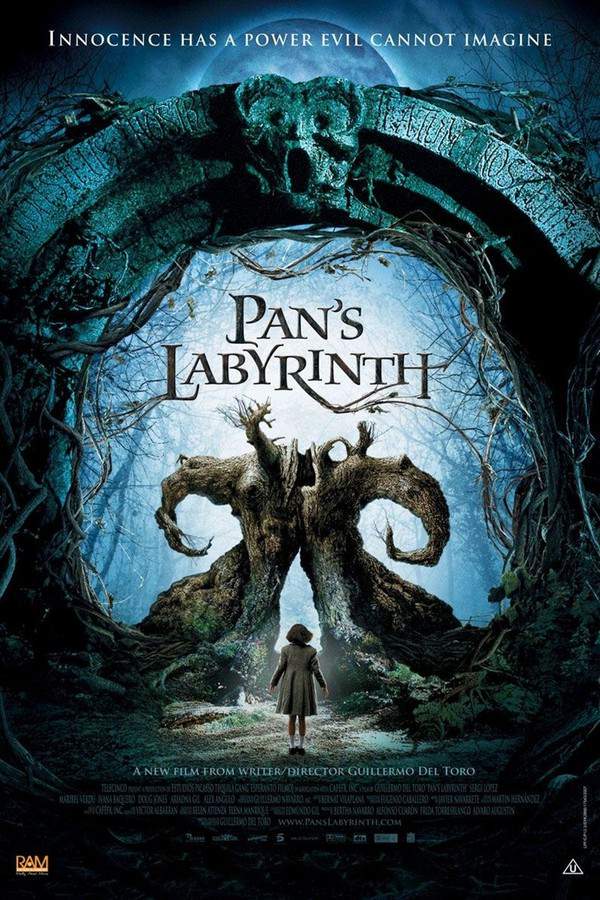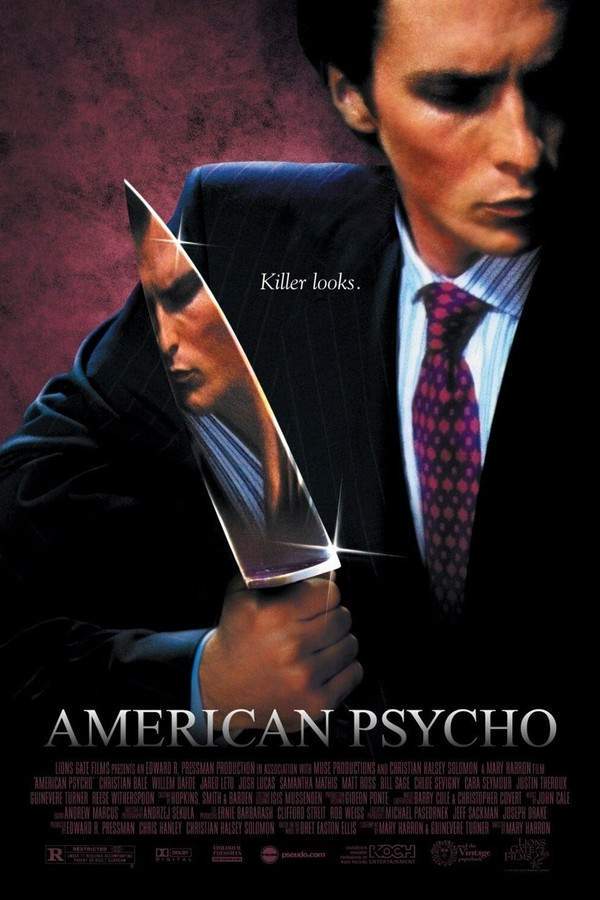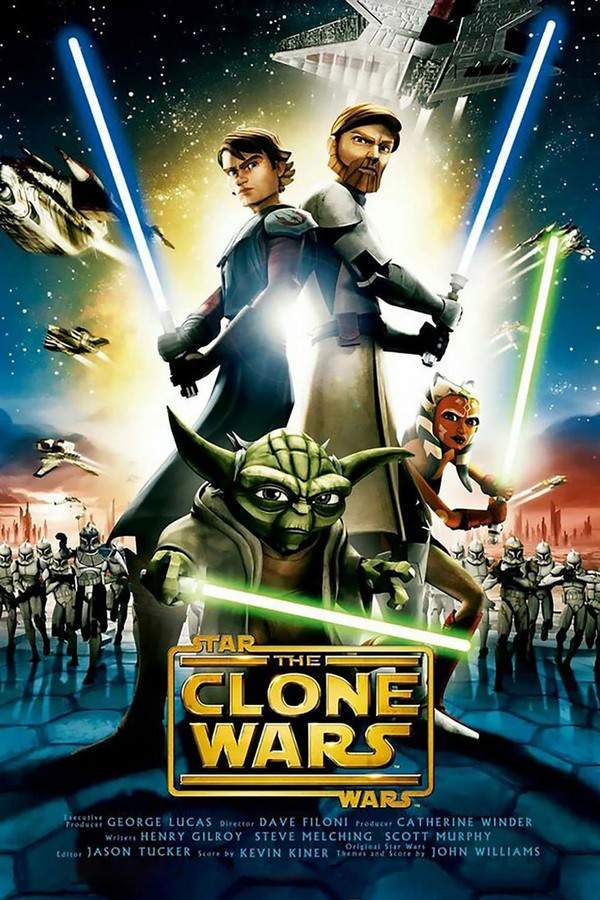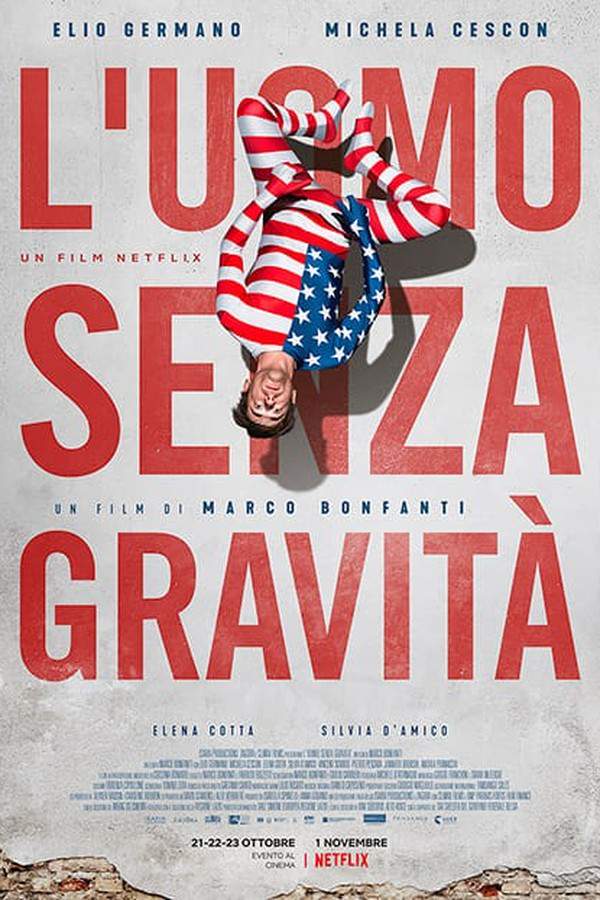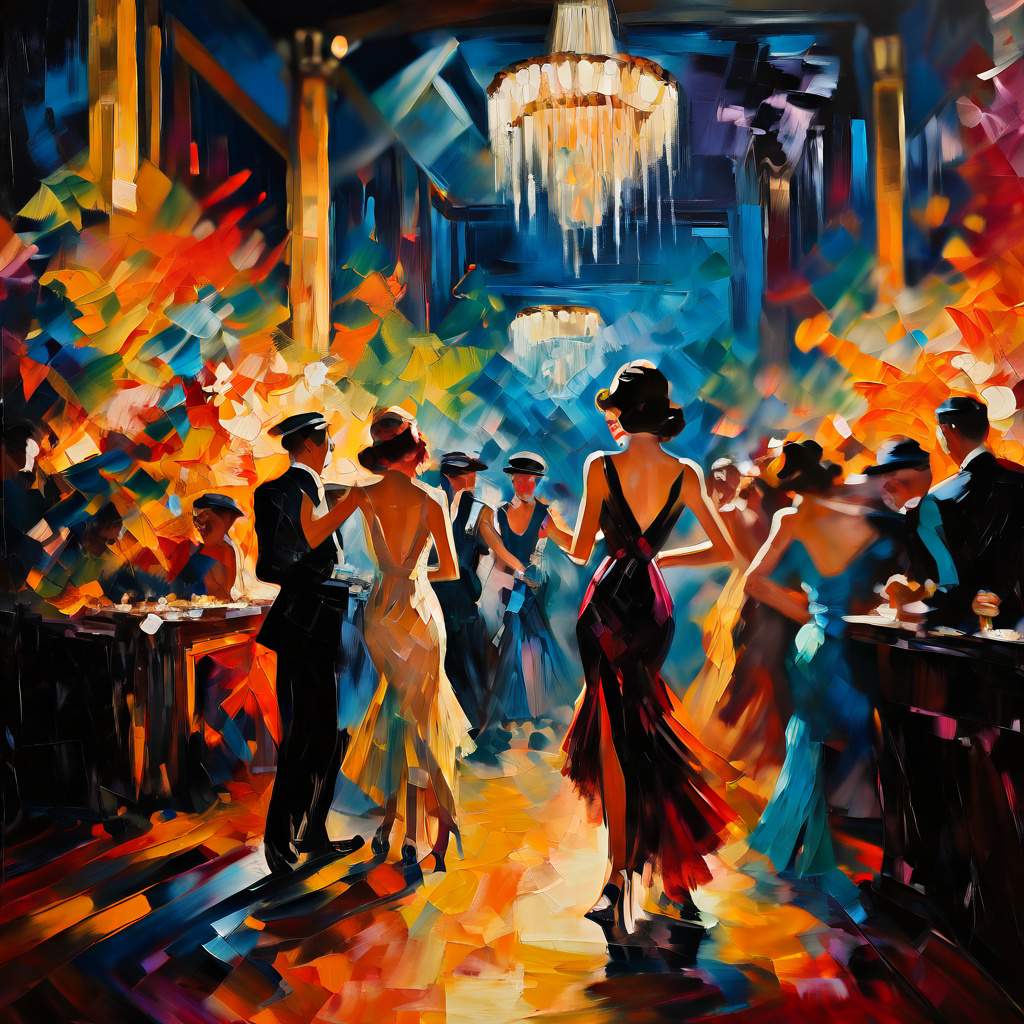What's After the Blog?
Production • Behind the Scenes
The Role of Art Direction in Creating Movie Worlds
Explore the critical role of art direction in cinema and how it shapes movie worlds, from character development to storytelling, in our latest blog post.
September 24, 2024
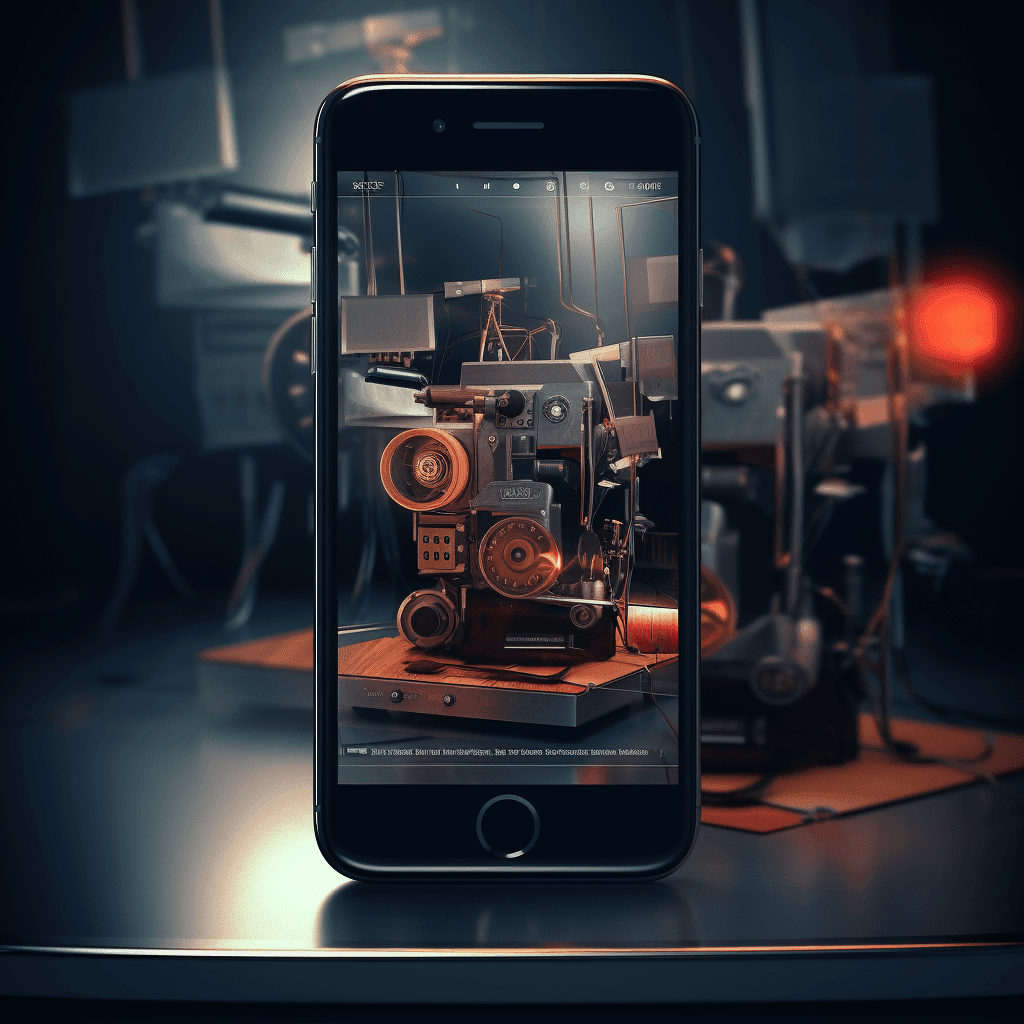
Movies mentioned in this article
The Role of Art Direction in Creating Movie Worlds
Introduction: The Magic of Art Direction
Art direction in cinema is not just about creating visually stunning scenes; it’s about crafting entire worlds that captivate the audience and support the narrative. It’s a blend of creativity and technical expertise, where every detail, from the color of a wall to the style of a character’s costume, tells a story. The role of art direction is often unnoticed by the casual viewer, yet it’s essential in creating a believable and immersive universe.
A great example of this is in the film Blade Runner. The art direction here plays a critical role in establishing the dystopian world. Through the use of neon lights, rain-drenched streets, and a mix of futuristic and retro elements, the film creates a unique visual style that has influenced countless other movies. The attention to detail in each set piece adds layers to the narrative, offering a glimpse into a future where technology and humanity intertwine in complex ways.
Another classic example is The Grand Budapest Hotel. The film’s distinct visual style, characterized by its pastel color palette and symmetric compositions, creates an almost storybook-like world. This whimsical and meticulously crafted environment reflects the film’s tone and the personalities of its characters, contributing significantly to the storytelling.
The art direction in cinema is much like the work of a magician; it’s about creating an illusion that transports the audience to another place and time. It’s a key component in the alchemy of filmmaking that, when done right, can turn a good movie into a timeless masterpiece.
What is Art Direction in Film?
Art direction in film refers to the visual elements of a production, including the design of sets, locations, graphics, props, lighting, and the overall visual style. The art director works closely with the director and production designer to create the visual theme of the film. They are responsible for ensuring that every visual aspect aligns with the story’s mood, setting, and characters.
A prime example of art direction’s impact can be seen in Mad Max: Fury Road. The film’s art direction delivers a post-apocalyptic world that is both chaotic and captivating. The design of the vehicles, costumes, and landscapes all contribute to the film’s intense and gritty atmosphere. This attention to detail not only enhances the visual experience but also adds depth to the world-building, making the environment a character in its own right.
In contrast, the art direction in Amélie creates a whimsical and charming version of Paris. The use of vibrant colors and quirky set designs reflects the title character’s imaginative and optimistic view of the world. This visual style helps to narrate the story and shapes the audience’s perception of the character and her experiences.
The role of the art director is crucial in achieving a film’s thematic and aesthetic goals. They work behind the scenes, often unnoticed, but their contribution is what makes the world on screen come alive. Through their vision, films are transformed from scripts into vivid, tangible universes that audiences can step into and experience.
The mastery of art direction lies in its ability to be both conspicuous and subtle. It can define the film’s style, like the gothic and fantastical elements in Harry Potter, or it can gently support the narrative, as seen in the realistic and gritty backdrop of The Wire. Whether it’s creating an otherworldly realm or grounding a story in a familiar setting, art direction is an indispensable tool in the filmmaker’s toolkit.
How Does Art Direction Influence a Movie’s Atmosphere?
The atmosphere of a movie, that intangible feeling that envelops you as you watch, is heavily influenced by art direction. This aspect of filmmaking goes beyond mere aesthetics; it’s about creating a sensory experience that complements the narrative and evokes emotions. The art director’s choice of colors, textures, and spatial arrangements all contribute to the film’s unique ambiance.
Take, for instance, The Shape of Water. The film’s art direction uses a palette dominated by green and blue hues, creating a dreamy, underwater-like atmosphere that mirrors the aquatic love story at its heart. The use of these colors isn’t just visually pleasing; it’s symbolic, reflecting the themes of loneliness and otherness that are central to the film. Similarly, the detailed sets, from the cramped apartment to the high-security laboratory, are designed to immerse the viewer in a world that is at once fantastical and eerily familiar.
In Inception, the art direction plays a pivotal role in distinguishing the multiple layers of dreams. Each dream level has a distinct visual style, from the rain-soaked city streets to the snowy mountains, helping the audience navigate through the complex narrative. The art direction here isn’t just about creating visually stunning scenes; it’s about using visual cues to guide the viewer through the story’s intricate layers.
Art direction also helps in setting the tone of the film. In No Country for Old Men, the stark and desolate landscapes mirror the bleakness of the film’s narrative. The minimalistic approach in set design and color scheme enhances the film’s tense and foreboding atmosphere, making the setting a character in its own right.
The power of art direction lies in its ability to transform the ordinary into the extraordinary. It’s about creating a world that the audience can step into, a world that feels real, even when it’s far removed from reality. Whether it’s the fantastical world of Alice in Wonderland or the dystopian future of The Hunger Games, art direction shapes not just what we see, but also what we feel.
”Why Do Some Movies Feel More Immersive Than Others?”
Have you ever wondered why certain movies draw you in more completely than others? The answer often lies in the film’s art direction. Immersive movies are those where every visual element works harmoniously to create a believable and engaging world. It’s about creating an environment that feels so real, so tangible, that you forget you’re watching a movie.
Consider Avatar. The film’s groundbreaking art direction created an alien world that was rich in detail and vibrancy. From the bioluminescent forests to the intricate design of the Na’vi, every aspect of Pandora was meticulously crafted to draw the viewer into its world. The use of advanced CGI complemented the art direction, making the impossible seem possible, and the fictional world of Pandora feel as real as our own.
In The Lord of the Rings trilogy, the art direction brought to life the diverse landscapes of Middle-earth, from the Shire’s pastoral beauty to the grim darkness of Mordor. The detailed sets, costumes, and props all contributed to creating a world that was both epic in scale and rich in detail. This attention to detail makes the viewer feel like they’re embarking on the journey with the characters, traversing through lands that, while fantastical, feel grounded in reality.
On the other hand, the immersive quality of The Godfather comes from its authentic portrayal of 1940s America and the inner world of the Mafia. The art direction here is more subtle but no less impactful. The dim lighting, period-appropriate sets, and meticulous costume design all contribute to a sense of realism that draws the viewer into the Corleone family’s world.
Immersive movies are a testament to the power of art direction. They show how, through careful planning and creative vision, a film can transport its audience to another world, whether it’s a distant planet, a fantastical realm, or a different era in history. The art direction in these films doesn’t just serve the story; it envelops the viewer, making the cinematic experience something truly extraordinary.
The Unsung Heroes: Art Directors Behind the Scenes
Art directors are the unsung heroes of the film industry. Their work often goes unnoticed by the general audience, yet it is crucial in bringing a director’s vision to life. These creative professionals are responsible for the overall visual appearance of a film, working tirelessly to ensure that every visual element, from the smallest prop to the largest set, contributes to the storytelling.
One notable art director is Catherine Martin, known for her work on Moulin Rouge! and The Great Gatsby. Her ability to create visually stunning and thematically rich environments is exemplary. In Moulin Rouge!, the lavish and extravagant sets perfectly capture the essence of the bohemian revolution of the late 19th century. Similarly, in The Great Gatsby, the opulence and decadence of the Roaring Twenties are brought to life through the film’s elaborate sets and costumes, which she also designed. Martin’s work is a testament to the art director’s ability to not only beautify a film but also to deepen the audience’s understanding of the story and its characters.
Ken Adam, the art director behind iconic films such as Dr. Strangelove and several James Bond movies, including Goldfinger, is another prime example. His innovative and bold designs have become synonymous with the look and feel of the Bond series. The War Room in Dr. Strangelove, with its large circular light and imposing map, is an iconic piece of set design that has been imitated and parodied countless times. Adam’s work showcases the art director’s role in creating iconic imagery that becomes ingrained in popular culture.
The collaboration between directors, cinematographers, and art directors is pivotal in creating a cohesive visual narrative. A great example of this is the partnership between director Wes Anderson and art director Adam Stockhausen. Their collaborations, like in The Grand Budapest Hotel and Isle of Dogs, showcase a harmonious blend of storytelling and visual design. Anderson’s distinct symmetrical composition and pastel color palettes are brought to life through Stockhausen’s meticulous attention to detail, creating a unique visual style that is immediately recognizable as Anderson’s.
In essence, art directors shape the visual world of a film. Their creative vision and technical expertise are what make the fictional worlds we see on screen feel real and tangible. They create the settings that allow stories to unfold and characters to come to life, making them integral to the magic of cinema.
Art Direction’s Impact on Character and Story
Art direction does more than create visually appealing scenes; it profoundly impacts character development and story progression. The design of a character’s environment can reflect their personality, history, and internal struggles, while the overall visual style of a film can enhance the narrative, adding layers of meaning and emotion.
In Pan’s Labyrinth, the art direction plays a key role in contrasting the harsh reality of post-Civil War Spain with the fantastical world of the protagonist’s imagination. The dark, oppressive visuals of the real world juxtapose sharply with the vibrant and whimsical designs of the fantasy sequences. This contrast not only heightens the escapist nature of the protagonist’s journey but also mirrors her emotional state, reflecting her yearning for a world beyond the brutality of her surroundings.
Similarly, in American Psycho, the sleek, minimalist design of the protagonist’s apartment reflects his superficial and materialistic nature. The sterile and impersonal environment mirrors his lack of empathy and emotional depth, using visual cues to give the audience insight into his psyche.
The visual style of a film can also mirror its narrative arc. In The Godfather, the gradual shift from warm to cooler color tones throughout the film mirrors the protagonist’s descent into the criminal underworld. This subtle change in the film’s visual palette reflects the change in the character’s moral compass, using art direction to underline the narrative’s themes.
Art direction, therefore, is an essential tool in storytelling. It provides context, sets the mood, and enhances the emotional impact of a film. By creating environments that are inextricably linked to the characters and their journeys, art directors help to tell stories that are visually captivating and emotionally resonant.
”How Does Art Direction Contribute to a Film’s Success?”
Art direction is a critical element in the success of a film, often determining how audiences and critics perceive the overall quality and impact of the cinematic experience. The visual appeal of a movie can draw audiences in, create buzz, and contribute significantly to its success at the box office and in critical acclaim.
For instance, The Lord of the Rings trilogy stands as a monumental example of how art direction can contribute to a film’s success. The meticulous attention to detail in creating the fantastical world of Middle-earth - from the cozy hobbit holes in the Shire to the foreboding lands of Mordor - played a crucial role in immersing viewers in J.R.R. Tolkien’s legendary realm. This level of detailed art direction not only enhanced the storytelling but also set a new standard for visual excellence in cinema, contributing to the trilogy’s massive box office success and numerous Academy Awards, including those for Best Art Direction.
Similarly, Mad Max: Fury Road’s unique visual style, characterized by its post-apocalyptic wasteland and high-octane action scenes, was pivotal in its critical and commercial success. The film’s art direction created a visceral, immersive world that was both thrilling and believable, capturing the audience’s imagination and earning widespread acclaim. Its distinct visual identity helped it stand out in a crowded market, proving that innovative art direction can be a significant differentiator in the success of a film.
Art direction also plays a vital role in genre films, where creating a believable world is essential to the narrative. In science fiction and fantasy films, like Avatar and Star Wars, the art direction must create worlds that are both visually spectacular and internally consistent. The success of these films often hinges on their ability to transport audiences to another place and time, an achievement that would be impossible without the creative vision and execution of skilled art directors.
In conclusion, the impact of art direction on a film’s success cannot be overstated. It’s a powerful tool that filmmakers use to enhance storytelling, create memorable imagery, and establish a film’s identity. Whether it’s through creating fantastical worlds or reflecting the nuances of reality, art direction is a key ingredient in the recipe for cinematic success.
Art Direction in the Digital Age
The evolution of digital technology has significantly impacted the role of art direction in cinema. The advent of CGI and other digital effects has expanded the possibilities for what can be visually represented on screen, allowing for more ambitious and imaginative designs. However, this also brings new challenges and responsibilities for art directors, who must now blend traditional design principles with cutting-edge technology to create cohesive and believable worlds.
In films like Gravity and The Jungle Book, the use of digital effects in art direction played a pivotal role in creating environments that would have been impossible to achieve with traditional methods. In Gravity, the art direction was essential in conveying the vastness and isolation of space, using CGI to create a visually stunning and emotionally resonant experience. Similarly, The Jungle Book used advanced digital effects to bring its animal characters and jungle environment to life, blending real-world filming with digital artistry to create a seamless and immersive world.
This integration of digital technology does not diminish the role of the art director; rather, it expands their toolkit. Art directors must now be adept not only in traditional design methods but also in the use of digital technologies. This hybrid skill set allows them to push the boundaries of what is visually possible, creating more complex and intricate worlds.
The future of art direction in cinema looks promising, with digital technologies continuing to evolve. Virtual and augmented reality are emerging as new frontiers, offering even more immersive experiences. As these technologies develop, the role of the art director will continue to evolve, blending traditional artistry with digital innovation to create the cinematic worlds of tomorrow.
In the digital age, the art director’s role becomes even more crucial. They are the bridge between the tangible and the digital, the real and the imagined. Their ability to adapt and innovate in this rapidly changing landscape is what will continue to define the visual language of cinema in the years to come.
Conclusion: The Enduring Importance of Art Direction
As we have explored throughout this discussion, the role of art direction in cinema is both multifaceted and indispensable. It is the art direction that gives a film its visual identity, creates the atmosphere and mood, and significantly contributes to the storytelling. The examples we’ve looked at, from the fantastical realms of The Lord of the Rings to the stark realism of No Country for Old Men, demonstrate the diverse ways in which art direction can enhance and define a movie’s world.
The importance of art direction lies not only in its ability to create visually stunning images but also in its power to evoke emotions and immerse audiences in different realities. Whether through the detailed recreation of historical settings or the imaginative creation of otherworldly landscapes, art directors play a crucial role in bringing a director’s vision to life and ensuring that a film resonates with its audience.
In the ever-evolving landscape of cinema, where new technologies continue to push the boundaries of what’s possible, the role of art direction remains constant. Its fundamental principles—creating a visual language that supports and enhances the narrative—continue to be the cornerstone of successful filmmaking. As we look to the future of cinema, the art of art direction will undoubtedly continue to be a vital and exciting field, shaping the way we experience and enjoy movies.
We hope this exploration into the world of art direction has offered you a deeper appreciation for the artistry behind your favorite films. Remember, the next time you watch a movie, to take a moment to appreciate the work of the art directors, the unsung heroes who help bring these cinematic worlds to life.
A Special Thanks to Our Readers
To our valued readers at What’s After the Movie, thank you for joining us on this journey through the art of cinema. We hope this post has enriched your understanding and appreciation of the films you love. Don’t forget to explore our website for more insights into the world of movies. From uncovering end credit scenes to diving into the artistic nuances of filmmaking, ATM is your gateway to a deeper movie experience.
Stay tuned for more engaging content on What’s After the Movie, where we continuously explore the fascinating facets of cinema. Whether you’re a casual moviegoer or a seasoned cinephile, we’re here to enhance your movie-watching experience with in-depth analysis, behind-the-scenes looks, and much more.
Until next time, keep exploring the magical world of movies!
Continue reading

What's After the Movie?
Not sure whether to stay after the credits? Find out!
Explore Our Movie Platform
New Movie Releases (2025)
Famous Movie Actors
Top Film Production Studios
Movie Plot Summaries & Endings
Major Movie Awards & Winners
Best Concert Films & Music Documentaries
Movie Collections and Curated Lists
© 2025 What's After the Movie. All rights reserved.

